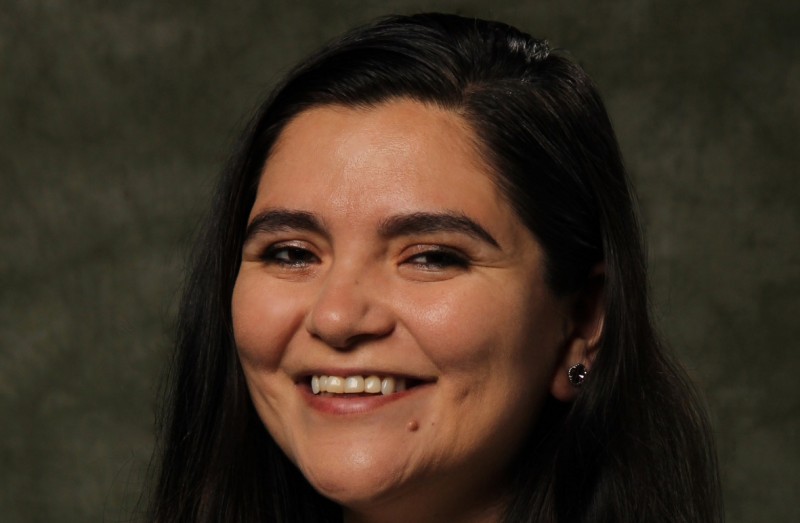When COVID-19 arrived on U.S. shores in early 2020, political leaders and public health officials had to make educated guesses. Was a complete lockdown the right move? Were there less severe options that hold back infections without everything going remote?

Now that COVID cases are spiking again, hindsight can help to guide what works best to stop the spread of the deadly virus. That's where researchers like Assistant Professor Zeynep Ertem come in.
Ertem - a faculty member in the Thomas J. Watson College of Engineering and Applied Science's Department of Systems Science and Industrial Engineering - studies public health optimization and infectious disease modeling, two areas that provide much insight into fighting the coronavirus.
In her latest research, "A decision analytic approach for social distancing policies during early stages of COVID-19 pandemic" (recently published in the journal Decision Support Systems), Ertem worked with colleagues Özgür Araz (associate professor at the University of Nebraska - Lincoln) and Mayteé Cruz-Aponte (assistant professor at the University of Puerto Rico - Cayey) to assess the effectiveness of early social-distancing measures in communities with different population characteristics, such as urban vs. rural areas.
"Obviously, we cannot treat all places the same," she said. "Manhattan is not the same as Nebraska, for instance, or Houston is not the same as Los Angeles. We have different dynamics around the U.S., so diseases spread differently in places using more public transportation rather than people using their own cars and staying away from each other."
Combining simulation models with data collected during the early months of the pandemic, Ertem and her collaborators tried various strategies to gain time by using those social-distancing interventions until a mass vaccination strategy begins.
"We wanted a more systematic way of showing people that if you close the community for 16 weeks, what will happen? Or 24 weeks, what will happen? What about just one month?" she said.
"We also evaluated how different areas should reopen. Phase one, maybe half of the restaurants open, but just half of the people are allowed to go in. For schools, maybe only half of the people can come in so we reduce the capacity and have some social distancing."
The paper concludes that social-distancing strategies implemented early in a pandemic result in smaller death tolls, but lead to relatively larger second waves. Conversely, social-distancing strategies implemented later result in higher initial death tolls but relatively smaller second waves.
Ertem hopes that policymakers consider her research and others like it when thinking about how to deal with the current resurgence of COVID-19 and any possible future pandemics.
"This study contributes to the literature by presenting a data-driven epidemiological model with a decision analytics framework," she said. "We say that if we close the schools, the malls, the bars and everything else, we are reducing the contact and therefore reducing the spread. In urban and rural areas, it has different implications, so you will need all of the options."
Because COVID-19 poses an ongoing and long-term threat to public health, both at an individual and societal level, Ertem has several other coronavirus-related projects in various stages of research.
One is a collaboration with Harvard Medical School and the University of Utah School of Medicine to examine school closure policies around the U.S.: Do they offer all virtual classes, a hybrid model of in-person and online or all in the classroom? Another study would assess how different races and social classes affect how the virus spreads, while a third will look at what level of testing is required for different infection rates.
"How should we treat testing right now?" she said. "Should we continue testing extensively? Or should we do half the usual testing compared to now? Will that be sufficient?"
When not studying the current pandemic, Ertem has focused on using machine-learning algorithms to track the annual flu season and forecast the next one, as well as to predict when lung cancer has become metastatic in patients based on factors such as missing doctors' appointments or other outside factors.
"My research addresses challenges in public health and healthcare systems, so all of these topics are important for policymakers," she said. "Ultimately, I hope to improve efficiency and make U.S. healthcare better for patients and providers alike."







